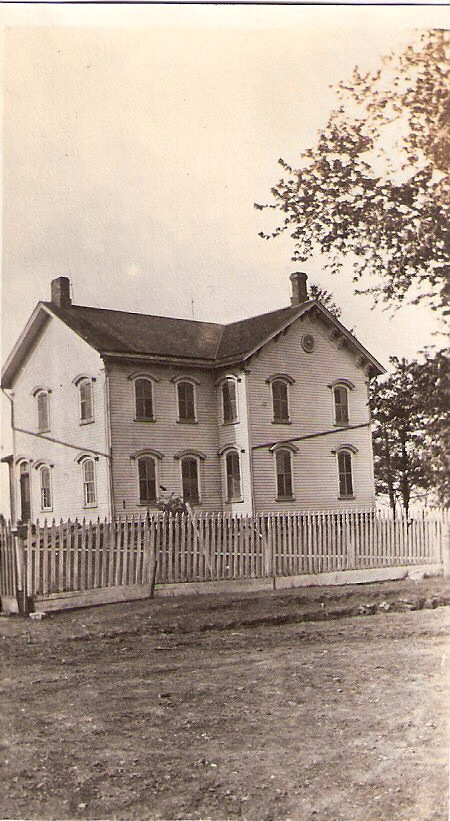As has been hinted at before, I've reluctantly been party to allowing an animal of the feline persuasion take up residence in our house. What has not been mentioned formally here, is that we now also have a part-time inside canine companion as well.
Let's get something out of the way here: I love animals.
I cannot remember a time in my life when, the opportunity being present, I have not had either a dog or cat as a part of the household. As a child growing up in the country my earliest memories were of a dog - a male dog - named Gladys (thanks Mom), who was my constant companion as I ran around the yard engaged in different outside adventures. There were a series of different farm dogs over the course of my youth and, when we lived in situations where dogs were not an option, typically there were cats.
And this is not to suggest that the cats were merely dog substitutes. We've had a lot of personality in our feline companions, with cats that would fetch, cats that would walk on leash (hiking with a cat on a leash brings much apparent amusement to others you encounter on the trails, I can personally verify; more amusement still when said cat gets startled by something and jumps, claws out, to cling to your leg... But I digress). Our current cat compadre is no exception, frequently, suddenly, running at speeds of 90 mph from one location to another in the house for reasons that are clear to no one except, maybe, himself.
My reluctance has little to do with the animals themselves, and more to do with their potential affect on the home itself. As I've likely mentioned here before, buildings of this era were typically constructed with the materials locally available. The upshot of this, in our case, is that much of the wood in the house, including the floors, is soft pine.
It's lovely stuff, taken from a big picture perspective. It takes both paint and stain beautifully; it feels wonderful under bare feet, both warm and pleasantly textured. The problem is in the operative term "soft". The wood in these floors has a Moh's Hardness rating slightly above that of modeling clay. Have a rock in the tread of your shoe? Now you have pits at regular intervals across the floor. Slide a chair out from the table on to the floor? That action has now been recorded for generations of enduring posterity. God forbid one sits in an office chair with wheels and actually rolls back and forth along this material.
And so our companion animals, it turns out, have claws. The upside with our feline friends is that they are retractable. The canine ones, not so much. Allow a dog to go marching along the floor - especially an 80 LB Rottweiller mix who wants to engage in bounding play with a certain feline - and you end up with fascinating cross-hatch patterns in the grain that will likely entertain future generations for hours as they try to puzzle out their origin. Or so I imagine.
...Ahem...
Fortunately, it turns out that there are potential solutions for this sort of issue. MLW researched and turned up...
...drumroll please...
Dog socks.
So here you have a product designed with exactly our problem in mind. They completely cover the dog's claws, up to and including the dewclaws, and as a bonus also have traction areas on them to help the dog better gain purchase on the slippery floor (much to the cat's dismay). And, as an additional bonus, you get to watch the dog struggle with the irritation and embarrassment of having socks on.

Ultimately this solves a couple of problems for us. Aside from the floor issues, two of our three dogs are completely comfortable outside virtually all of the time (fear not - they have shelter available outside and we do bring them in when it's beastly cold), but the third - the Rottweiler mix - has shorter hair, and doesn't seem to have the traditional Rottweiler undercoat (a result, no doubt of the mix, which seems likely to be Boxer) that purebred examples have. Her temperament also makes her much more suitable to extended stays inside. Our high energy herding dogs spend most of each day and night on patrol about the yard, while this one is perfectly content to patrol her dog bed for hours at a time.
What does this all mean? For the moment, at least, it means that we've got a way to have this critter inside, along with our new feline friend, without worrying about the utter destruction of the house. Which means life seems a little more normal for us.




